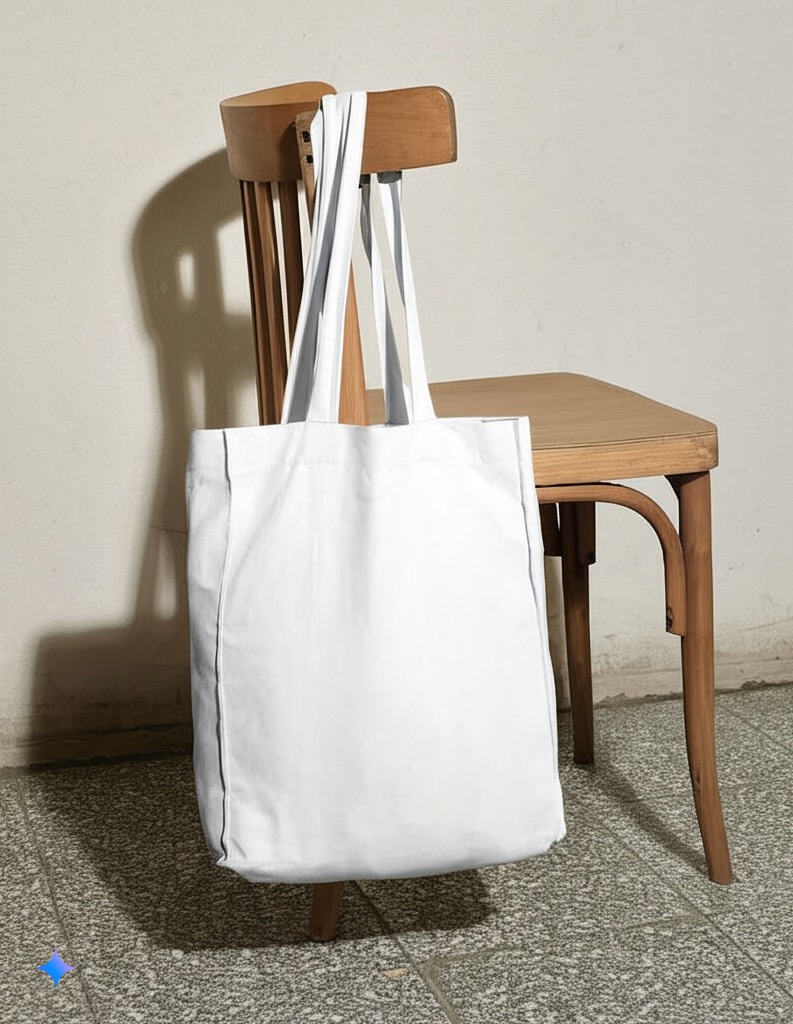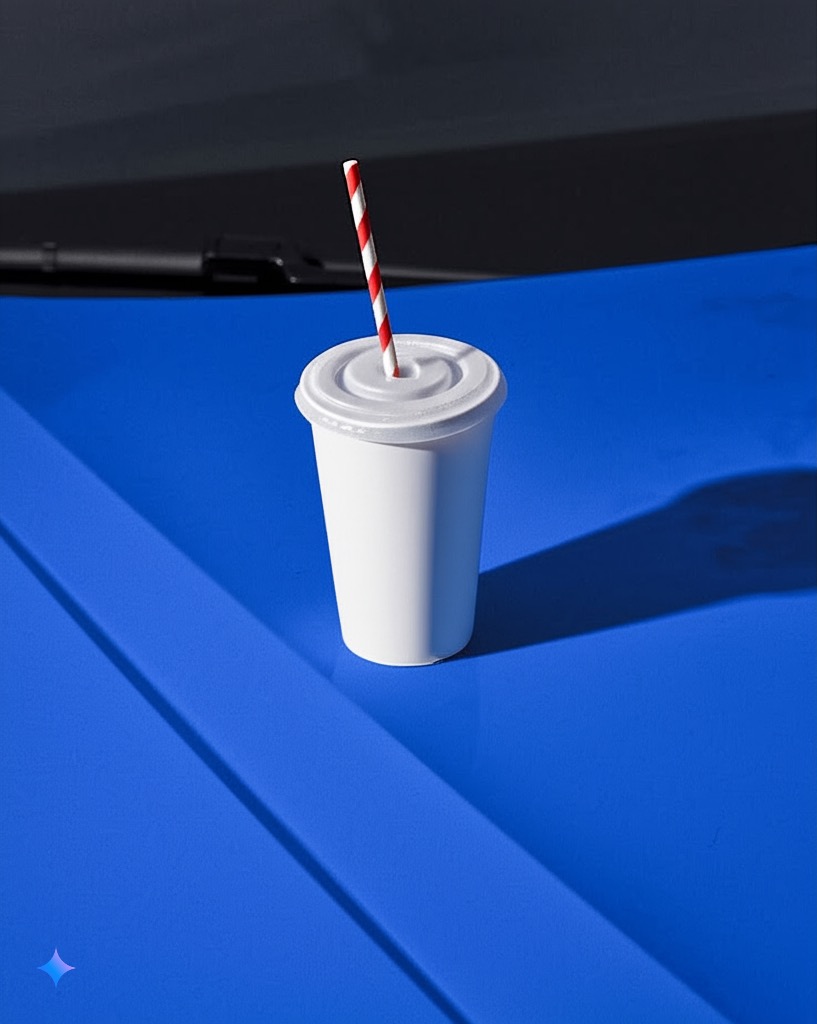我不要刻意去定義這是什麼樣的一本書,畢竟他是筆記,他沒有什麼目的。就只是為了將想法記下來。因此他沒有特定的內容或格式。但我在這其中嘗試將這個形式刻畫出來。一個好的視覺沒有必要在封面上展其意圖,因為圖片本身即是意圖。
破碎是一種狀態,一種時間的方向。在自我歸劃認知時間的框架下,我們無從得知即將發生的狀態。狀態以一種即將發生的形式存在於每一刻,即便我們盡可能去預測、去預防,這些也就只是表象。依賴於現象歸納的時間,不再只是一個不確定性,反而在非依賴性的型態下成為一種片刻的「確定」。而每一刻都在發生的狀態,唯一確定的是他們將成為現在。
我們的時間就像是面對著一道掛滿千萬幀畫幅的牆,前面畫作一覽無遺。而真正使每一幅畫成為意義的時刻則是當我們循序介入每一幀畫作中時,則使祂成為了現在,成為了「我」。
我知道無法倖免,或者更準確地來說是必須面對。這天下午我正在翻找我的背包,因為明天要去高美聽演講,而那時的我正準備將所有東西翻出來。於是我開始在背包裡抓尋。在那霎那片刻,我的手觸碰到如尖刺般的碎塊,「為什麼我的背包會有尖刺?」我很訝異地想。下一秒我摸到了一支筆,他不完整甚至可以說是扭曲了。於是我抓出來看,是一隻「破碎」不堪的自動鉛筆,用木頭製成,但中間好像消失了,此時破碎的鉛筆與碎塊瞬間連結起來,原來是這隻筆背包裡成為了碎塊,瞬時腦中湧現出一個影像,如同封面一隻爆掉的筆,啪啦樣子炸開,沒錯那就是當時腦海中浮現的畫面,與其說是畫面不如說是一個動態,因此有了「破碎」之主題,於是我把整個背包拿出來發現了剩下的碎塊,而我將其碎塊放進電腦掃描成為了海報中的樣子。
而為了深究主題,我決定以破碎一詞之意來看,若要論述「破」可亦理解為「發生」的當下狀態,例如突破或者是破掉。而「碎」可以另視為發生「後」的狀態,例如碎片、碎塊。所以整個詞在中文字的意義與概念上可以被解釋為一種狀態,這也解釋了為什麼在看見一隻筆破碎時,腦中會浮現一個動態影像,也正是因為語言對我們認知概念的塑造,成為了我們理解世界的另一雙眼。
Frattering is a state, a direction of time. Under the framework of self-assessed cognitive time, we have no way of knowing what is about to happen. The state exists in every moment in an upcoming form. Even if we try our best to predict and prevent it, these are just appearances. The time that depends on the induction of phenomena is no longer just an uncertainty, but becomes a momentary “confirmation” in a non-dependent form. And in the state where every moment is happening, the only thing that is certain is that they will become the present.
Our time is like facing a wall full of tens of millions of frames, and the front paintings are at a glance. And the moment that really makes every painting meaningful is when we step into each painting step by step, it makes him the present and “me”.
I know that I can’t be spared, or more accurately, I have to face it. I was looking for my backpack this afternoon, because I was going to Gaomei to listen to the speech tomorrow, and I was preparing to turn everything out at that time. So I began to look for it in my backpack. At that moment, my hand touched the spike-like pieces, “Why does my backpack have spikes?” I thought a lot. The next second, I touched a pen, which was incomplete and even distorted. So I grabbed it and saw that it was a “broken” automatic pencil made of wood, but it seemed to disappear in the middle. At this time, the broken pencil and the broken pieces were instantly connected. It turned out that the pen became broken pieces in the backpack. In an instant, an image appeared in my mind, like a blown-up pen on the cover, which exploded That’s right. That was the picture that came to my mind at that time. It was not so much a picture as a dynamic, so there was a “broken” theme, so I took out the whole backpack and found the remaining pieces, and I put the pieces into the computer and scanned it into the poster.
In order to delve into the theme, I decided to look at it with the meaning of the word broken. If you want to discuss “break”, it can also be understood as the current state of “occurrence”, such as breaking through or breaking. And “fragmentation” can also be regarded as a state after the occurrence, such as fragments and fragments. Therefore, the meaning and concept of the whole word can be interpreted as a state in Chinese characters, which also explains why a dynamic image appears in the mind when we see a broken pen. It is also because language shapes our cognitive concept and becomes another eye for us to understand the world.


